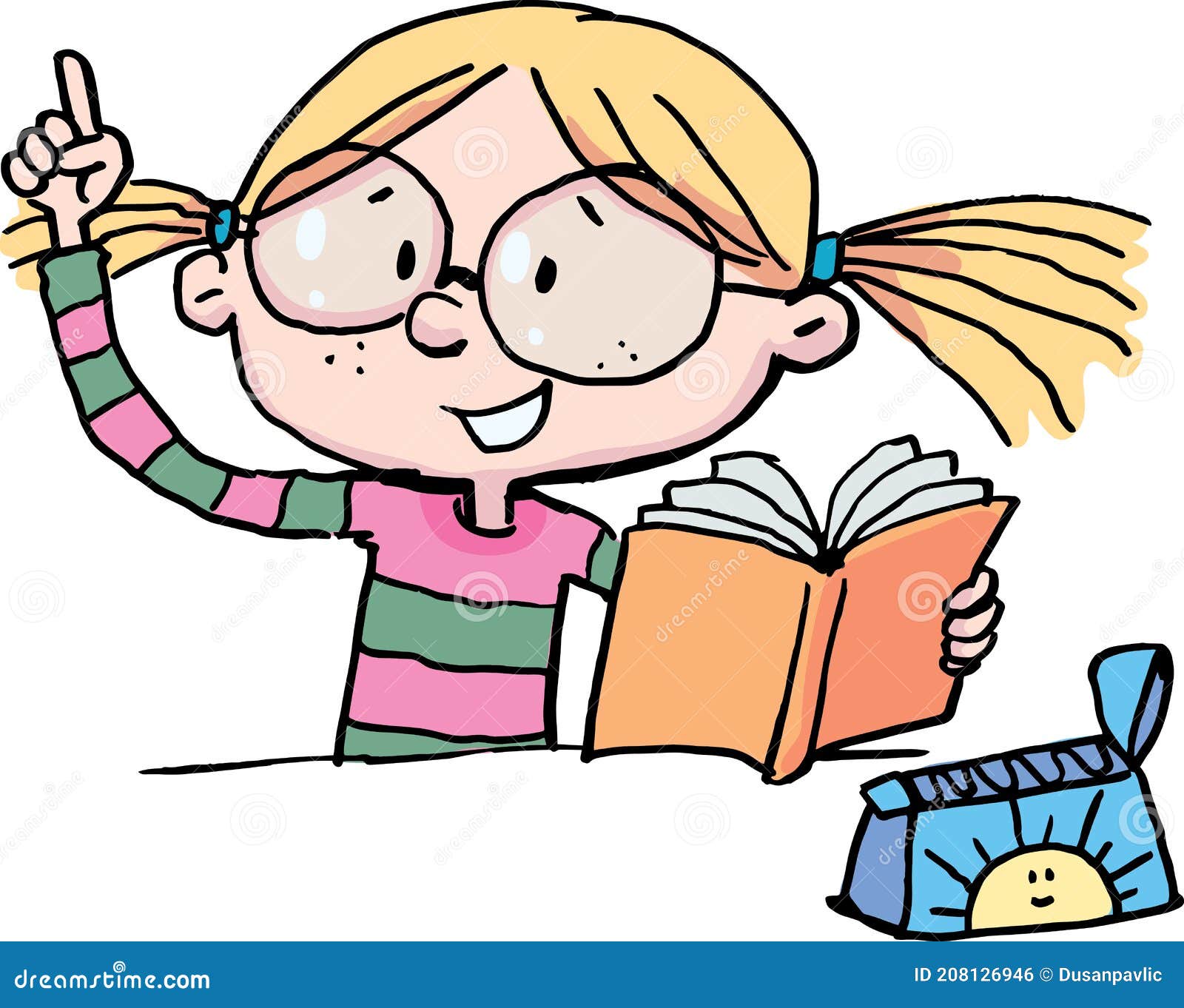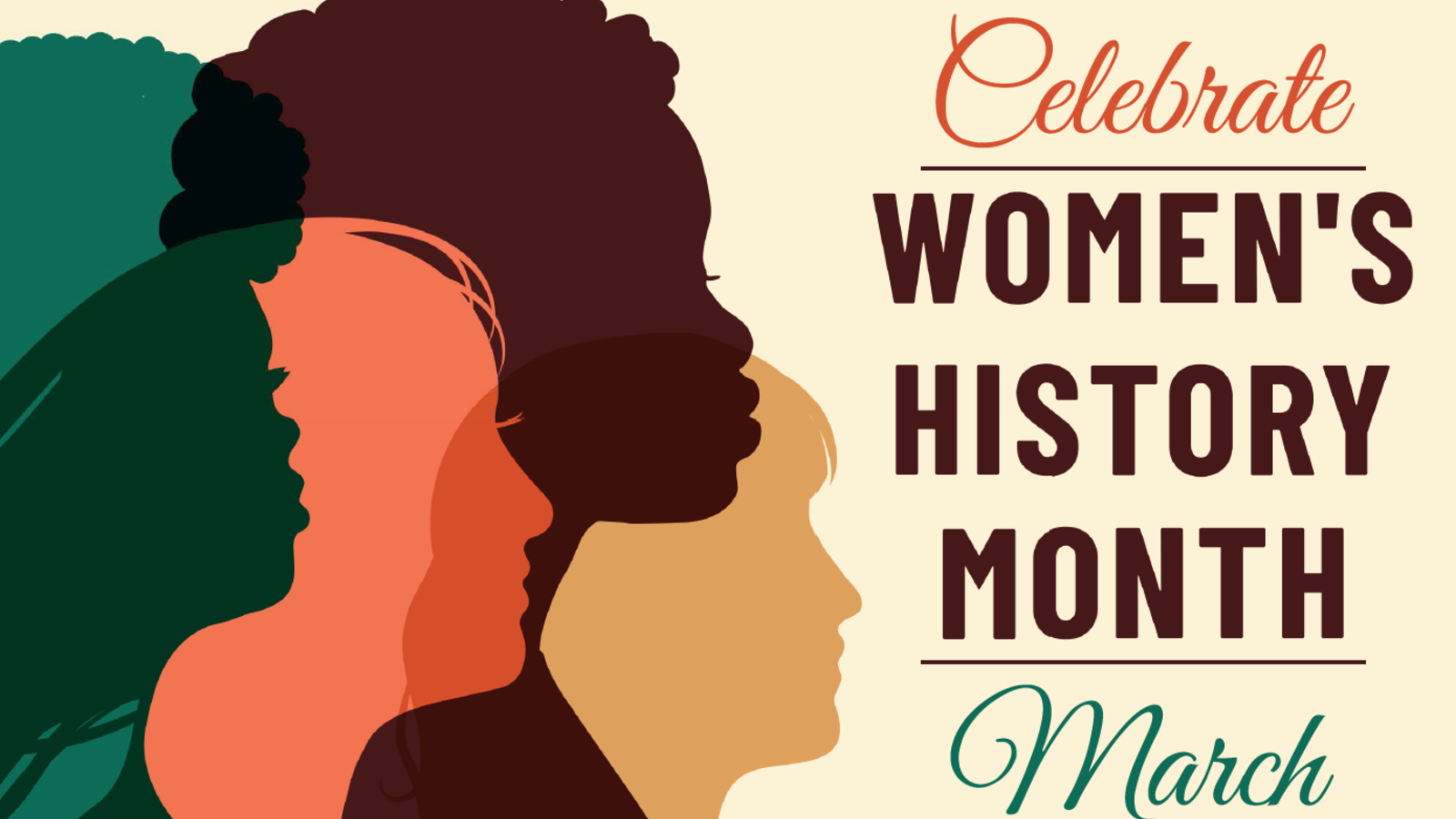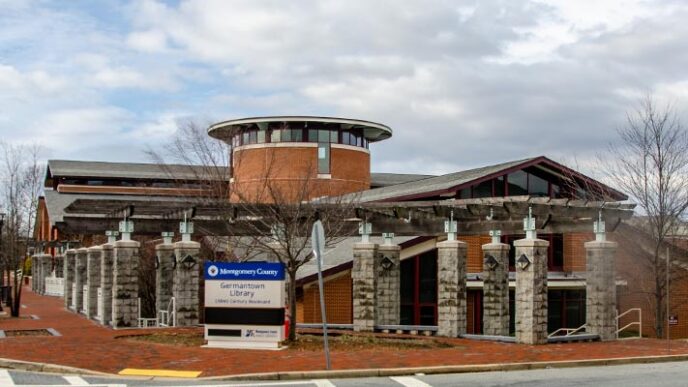
July 14, 2020
Young people in America have been hit hard by COVID-19, but they’re taking action to help their communities and it’s influencing their political views and engagement.
Young people in America have been uniquely and disproportionately affected by the COVID-19 pandemic in ways that may both hinder and reshape their participation in civic life. Most K-12 schools and universities have either closed or transitioned to an online learning format, which has usually entailed reduced in-classroom time and diminished educational opportunities. Unemployment rates for young people in the labor force are the highest ever recorded. Social distancing measures have also inhibited peer-to-peer contact and relationship-building among young people, which are key pathways for civic growth and identity development.
However, CIRCLE’s new national poll of young Americans finds that, in spite of these challenges, young people have stepped up to meet the moment. Though they face drastic economic hardships, they still feel motivated to engage in activism and in the upcoming election. Our polling data also demonstrate that, as young people are adapting to the new realities of life under COVID-19, they need support to help them thrive during this unprecedented crisis. The poll highlights the need to apply an equity lens to these efforts: policymakers, campaigns, and other stakeholders in the ecosystem of electoral engagement must focus especially on young people of color in order to minimize the inequitable impacts of the pandemic and to ensure youth of all backgrounds can fully tap into their civic potential.
Top findings from our recent poll include:
- Two-thirds of young people report feeling moderately or significantly economically affected by the COVID-19 pandemic, and 46 percent of Black youth not in school report being unemployed.
- Young people have stepped up to the plate to help their communities: two in three young people have fact-checked information about the coronavirus, and 30% of youth have made masks to protect others.
- Young people strongly disapprove of the federal government’s response, and the youth who have paid the most attention to the pandemic are the most interested in engaging in the upcoming election.
About the Poll: The first wave of the CIRCLE/Tisch College 2020 Youth Survey was fielded from May 20 to June 18, 2020. The survey covered adults between the ages of 18 and 29 who will be eligible to vote in the United Stated by the 2020 General Election. The sample was drawn from the Gallup Panel, a probability-based panel that is representative of the U.S. adult population, and from the Dynata Panel, a non-probability based panel. A total of 2,232 eligible adults completed the survey, which includes oversamples of 18- to 21-year-olds (N=671), Asian American youth (N=306), Black youth (N=473), Latino youth (N=559) and young Republicans (N=373). Of the total completed surveys, 1,019 were from the Gallup Panel and 1,238 were from the Dynata Panel. Unless stated otherwise, ‘youth’ refers to those aged 18-to 29 years old. The margin of error for the poll, taking into account the design effect associated with the Gallup Panel is +/- 4.1 percentage points. Margins of error for racial and ethnic subgroups range from +/-8.1 to 11.0 percentage points.
Young People Have Stepped Up During the Pandemic
Over the past six months, the COVID-19 pandemic has transformed many dimensions of young people’s lives in America—creating even broader disparities and adverse consequences that schools, youth-serving organizations, and other community leaders will need to address. Our polling data demonstrate many of the ways in which young people have adjusted to this new normal and how their behaviors and attitudes toward engagement within their communities have shifted.
Young people have felt the negative economic consequences of the COVID-19 pandemic. Two-thirds (66%) of say that COVID-19 has had a moderate or significant impact on their economic situations, and only 13% say it’s had no impact at all. For young workers, half of whom are employed by the service industry, layoffs have hit particularly hard. Almost 3 in 10 youth report not being employed in full- or part-time work, and that rate is even higher (33%) for the youngest adults (ages 18-24).
The pandemic has also created many other challenges for young people. While youth in our poll were evenly split on whether COVID-19 has decreased (39%) or increased (37%) their daily responsibilities, there were differences among youth in school and in the workforce. Youth who were not employed in full- or part-time work were more likely to say they had more free time (44%), as did young people who were attending school. In contrast, youth who still had a job said that the pandemic actually increased their responsibilities (40%) compared to those who saw a decrease (37%).
While youth who are still employed may feel added stress from working remotely or taking on additional tasks at work, those who are not engaged in work or school may struggle to find productive ways to spend their time. These burdens likely compound for the over 7 million youth who are also parents, 5 million of whom were in the labor force as of this March, according the Census Current Population Survey (CPS). Parents of young children have reported feeling burned out due to school closures, limited childcare options, and the pressure to juggle remote work and childcare duties
Whatever their time commitments, young people seem to be inspired by this crisis to engage in activism. The vast majority (84%) of youth in our poll said that young people like themselves can do helpful things for their communities during these times. That belief has resulted in COVID-related civic activism. We asked about eight actions that young people could take to help others during the pandemic, and 93% of young people said they had performed at least one, including 38% of youth who had performed five or more. For instance, two in five youth have either worked as poll workers or would do so if given the opportunity—potentially substituting for the many elderly poll workers who, because of the pandemic, may not be able to take on those duties on Election Day.
Despite reports to the contrary, young people are also leading the way on safety efforts: over 80% of youth maintain social distance and wear masks, and 30% have made masks to help protect others. Finally, young people seem to be pitching in to provide family and friends with guidance on how to approach the pandemic. Over two-thirds of youth have fact-checked information about the coronavirus, and a quarter of all youth have translated health information for family and friends, including 35% of Latino youth.
As past CIRCLE research has noted, young women have been more likely than young men to engage in activism, and this pattern holds when it comes to assisting in response to COVID-19. Of the eight pandemic-related civic actions, 43% of young women said they had taken five or more. By contrast, just one-third of men had done at least that many, and young women were more likely to have taken all but one of the actions (volunteering as a poll worker).
Black Youth Hit Hardest by the Pandemic
The pandemic has already changed the ways Americans participate in elections and in democracy more broadly, and the barriers hindering young people from participating in civic life could be magnified further unless youth are supported in an equitable manner. Research has shown that the virus is disproportionately affecting people of color nationwide; Black and Latino residents have been up to five times as likely to be hospitalized and twice as likely to die from COVID-19 as White people. Furthermore, according to the Economic Policy Institute, Black youth face the double disadvantage of higher unemployment rates due to the pandemic and a higher likelihood of working in “essential” frontline jobs.
Our polling data depict drastic disparities between Black youth and their peers. Nearly half (46%) of Black youth who are not currently in school are also not employed—almost double the unemployment rate of White youth (25%), Asian youth (24%) and Latino youth (26%). Accordingly, though majorities of each racial group reported feeling affected financially by COVID-19, Black youth were at least 7 percentage points more likely than other young people to say that the pandemic was causing a “moderate” or “very significant” economic impact. Yet while most youth whose finances were significantly affected by COVID-19 reported having more free time, Black youth were 10 percentage points more likely than White youth to say that it actually increased their daily responsibilities. Being overburdened and underemployed can engender distrust with the systems designed to help young people survive this series of crises. Given the rate at which they are more likely to be affected, Black youth report feeling more negatively than White youth about both state and federal governments’ attempts to address the impacts of COVID-19.
Another warning sign pointing to potential inequities lies in who is able to transition their lives to new virtual paradigms. Seven and a half percent of young people say that, during COVID-19, they don’t have sufficient access to the Internet—which corresponds to roughly 3.5 million youth who lack adequate connectivity. However, for Black youth, that rate rises to 12%. As schools switch to online curricula, social gatherings move to video conversations, and workplaces transition into remote settings, Internet connectivity is a necessary resource. That many youth—and disproportionately Black youth—lack Internet access is a serious inequity in their educational, economic, and civic lives.
The Pandemic Is Shaping How Young People View Politics
In light of the pandemic, young people have an increased awareness of the ways in which the ecosystem of electoral engagement can affect people’s daily lives—and they have changed their behaviors and attitudes accordingly.
Two out of five young people (40%) have reported paying more attention to news during the COVID-19 crisis, compared to a quarter of youth (26%) who say that they have been paying less attention. The youth who are paying the most attention to news, perhaps unsurprisingly, are those who have been the most economically affected and those who have found their responsibilities increase the most due to COVID. This relationship is notable because both paying more attention to news during the pandemic and suffering economic hardship because of COVID-19 are associated with interest in engaging with electoral politics.
Compared to youth who have paid less or the same attention to news during COVID-19, young people who have paid more attention to the news were 14 percentage points more likely to say the pandemic has helped them realize how much political leaders’ decisions impact their lives, and 10 points more likely to say the election’s outcomes would matter to their communities. These young people were also more likely to underpin that belief with action. Forty-six percent of youth who were paying more attention to news took 5 or more actions to help respond to the pandemic, whereas just one-third of youth who were paying the same or less attention to news had taken that many. Similarly, youth who were significantly economically affected by the pandemic were more likely to believe that this election was important and more likely to take five or more COVID-related civic actions, suggesting that young people who are following COVID-19 closely are motivated to make their voices heard at the ballot box.
The pandemic has also caused many young people to reevaluate their faith in government and institutions. Young people are distrustful of the President and of the federal government’s ability to deal with COVID-19—reinforcing their overwhelming disapproval of the Trump administration—but they are more optimistic about responses at a local level. Just one in five youth (19%) say they view the federal government more positively as a result of its response to COVID-19, well short of the 49% say that they view the federal government more negatively, and only 17% of youth approve of President Trump’s response to the pandemic.
However, young people’s opinion of state responses to COVID-19 is more mixed: 35 percent of young people each said that they now viewed their state government more favorably, and the same percentage said they view it more negatively. Given the wide range in each state’s responses to COVID-19 and their varied success or lack thereof in slowing the pandemic, more differences emerge when we examine the data by region. Young people living in Southern states and Midwestern states—regions which have seen quicker reopenings of public places and ensuing resurgences in COVID infections—viewed their state governments’ responses more negatively on balance. For youth living on the coasts, the opposite was true: they viewed their state governments more positively. This relationship held even when considering partisanship, as youth living in each region supported Biden over Trump by similar margins.
Conclusions
Young people have stepped up to help their family, friends, and communities during a period of national and global crisis. Our polling data illustrates that not only have young people largely been adhering to public health guidelines, but they’ve also been investing their energies in a variety of ways to help their neighbors and communities. In many ways, our data contradicts common stereotypes of young people as self-absorbed and paralyzed by anxiety. Even in this moment of profound crisis when anxiety is justified and when youth could be forgiven for focusing on how the pandemic is affecting them, they are showing a remarkable desire and ability to think in terms of helping their communities and strengthening democracy.
That said, our data highlights how COVID-19 has negatively impacted young people in various ways, and Black youth have borne the brunt of its impact in terms of employment and responsibilities. As the nation adjusts to civic life under the penumbra of COVID, stakeholders should recognize that shifts in electoral, educational, and civic systems should be designed for equity.
Authors: Kristian Lundberg, Rey Junco. Poll Analysis #1: Youth and the 2020 ElectionPoll Analysis #2: Growing Voters Ages 18-21
https://circle.tufts.edu/latest-research/deeply-affected-pandemic-youth-are-committed-helping-others














